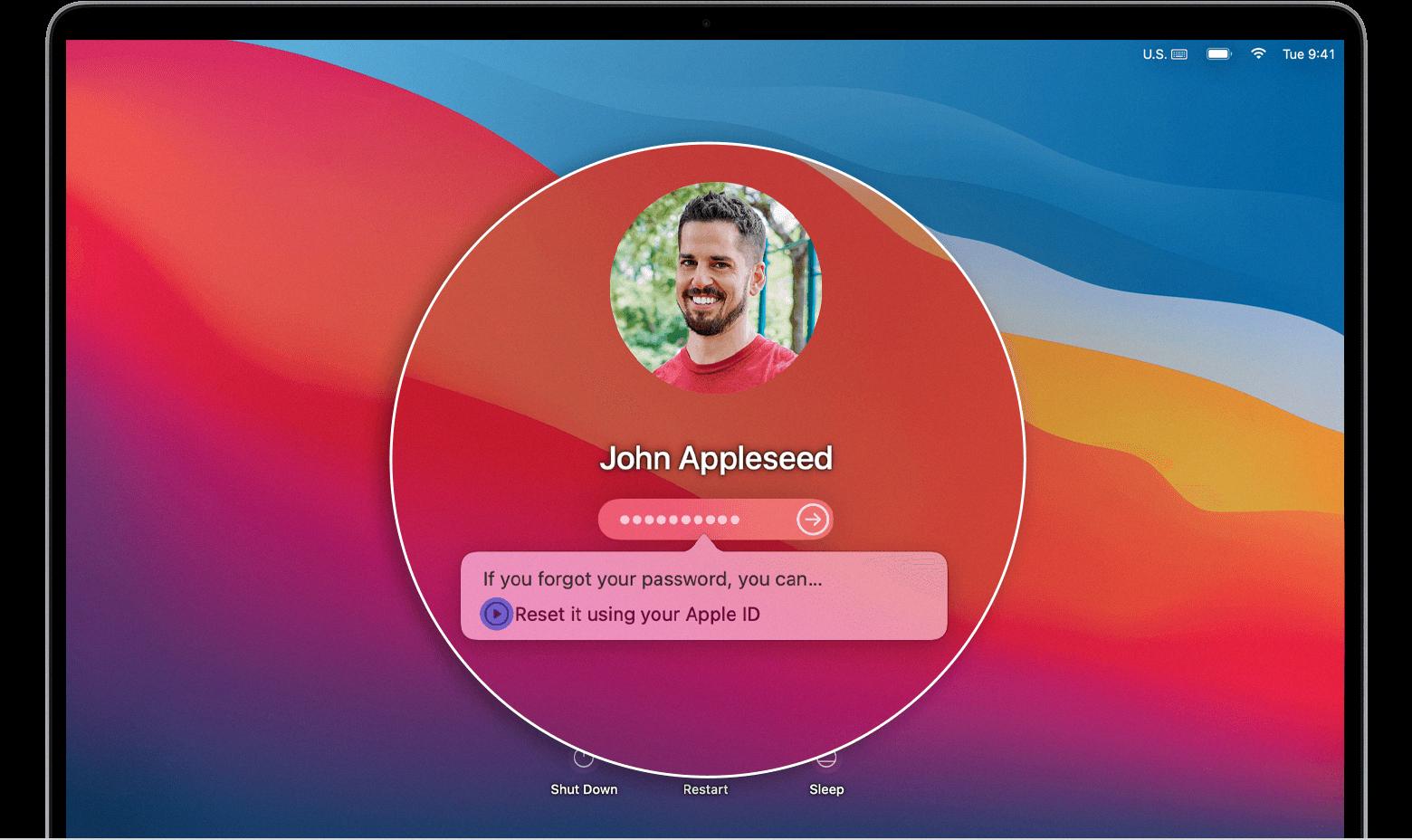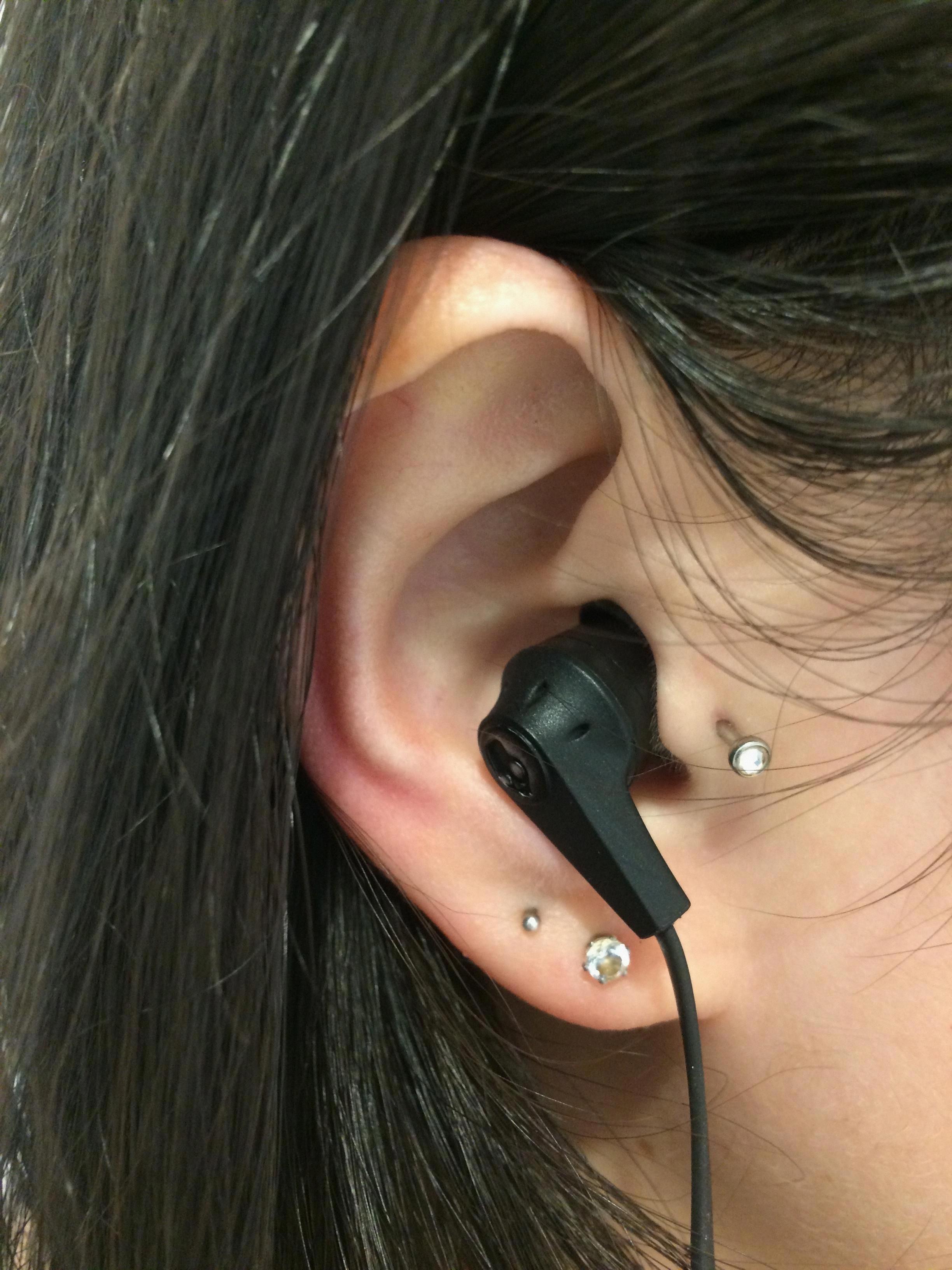If you’re a Mac user, you may have heard of the Mac recovery key. This important feature is designed to protect your data in the event that your Mac ever becomes unresponsive or otherwise stops working. In this blog post, we’ll explain what the Mac recovery key is and how it can help you recover from a system failure.
The Mac recovery key is part of Apple’s FileVault encryption system. It is a unique code that is stored on your Mac and used to authenticate access to your encrypted files and folders. If your Mac becmes unresponsive, you can use the recovery key to regain access to these files and folders. The recovery key also helps protect against unauthorized access to your data if someone were to gain physical access to your computer.
When setting up FileVault for the first time, Apple prompts you with two options for creating a recovery key: You can ether store it with Apple or create a personal one that only you know. Storing it with Apple means that if you ever forget your password or require help recovering data, Apple will be able to provide assistance with the recovery key they have on file. Alternatively, creating a personal one allows you more control over who has access to it but means that if you forget or misplace it then no one will be able to help recover any lost data.
It’s important that once created, you store your recovery key somewhere safe and secure as losing it could mean losing all of your data too. One way of ding this is by writing down the code in a secure location (such as in a locked safe). Alternatively, there are some third-party apps available which allow users to lock away their keys in an encrypted cloud storage system for added security.
In conclusion, haing a valid and secure Mac recovery key is essential for any serious user of Apple’s FileVault encryption system as without it all of their data could be lost forever if something were ever go wrong with their computer. For this reason, users should take extra care when creating and managing their keys in order ensure maximum security for their valuable information.
Resetting a Mac Without a Recovery Key
You can reset your Mac without a recovery key by resetting your Parameter RAM, or PRAM. To do this, restart your Mac while holding down the ‘Command+Option+P+R’ keys until you hear the startup chime two times. This will reset your PRAM, which may allw you to access system settings and restore any missing recovery partitions. Note that this will only work if your recovery partition is still present on the hard drive.

Source: support.apple.com
What to Do if You Forget Your Recovery Key
If you have forgotten your recovery key, don’t worry! You can easily retrieve it by visiting the Apple ID account page. Sign in with your password and trusted device. Once you are signed in, open the Security section and click Edit > Replace Lost Key. Follow the on-screen instructions to retrieve your recovery key and activate two-step verification for added security.
Restoring a Mac to Factory Settings
To restore your Mac to its factory settings, first go to the Apple menu ? in the corner of your screen and select System Preferences. Then in the System Preferences menu, select Erase All Content and Settings. You will then be presented with a confirmation window, asking if you are sure you want to erase all data from your computer. Select “Erase” in this window and your Mac will begin the process of erasing all data and restoring it to its original settings. Once it is complete, you will be presented with a fresh installation of macOS.
Restoring a Mac to Factory Settings Using Terminal
To restore your Mac to factory settings from Terminal, you will first need to restart your Mac and access Recovery Mode by holding down the Command ?+R keys as the Mac begins to restart. Once in Recovery Mode, open the macOS Utilities window and choose Terminal. In Terminal, type: xartutil –erase-all and press Return. You will then be asked to confirm by typing yes and pressing Return once more. Finally, select Quit from the Terminal window bfore restarting your Mac. This will completely reset your Mac to its original factory settings.
What to Do If You Forget Your Mac Password
If you forget your Mac password, don’t worry! You have a few options. First, you can try to use the “forgot my password” feature to reset it usig your Apple ID. To do this, click the question mark next to the password field and follow the instructions provided. If you don’t see a question mark, then you can power off your Mac and restart it. When you get to the login screen, press the arrow next to “reset it using your Apple ID” and follow the instructions from there.
Alternatively, if you have an Apple ID set up on your Mac, you can reset your password with iCloud Keychain. This will allow you to keep all of your passwords stored securely in one place so they’re easy to access when needed.
Finally, if none of these options work for you, contact Apple Support for assistance with resetting your Mac password.
Reinstalling macOS on a Mac
To wipe your Mac and reinstall, first shut down your Mac by choosing Apple menu > Shut Down. Then press and hold the power button until “Loading startup options” appears. Select Options, then click Continue. In the Recovery app window, select Reinstall for your macOS release, click Continue, then follow the onscreen instructions to complete the process. This will erase all data from your Mac’s hard drive and reinstall a fresh copy of macOS.
Restoring a Mac in Single User Mode
To restore your Mac in Single User Mode, you will need to start or restart your Mac and hold down the Command + S key combinations together. Keep holding down these keys until you see white text on a black background. This indicates that the Mac Single User Mode is loading. You may be prompted for an admin password; if so, enter it to gain access to the Mac. Once in Single User Mode, you can run certain commands from the command line to diagnose or repair any problems with your system, such as repairing disk permissions or resetting user accounts. It is important to note that Single User Mode is only intended for troubleshooting and shoud not be used as an alternative method of starting up your computer normally.
Conclusion
Mac Recovery Key is an essential security feature that helps protect your Mac from unauthorized access. By creating a unique recovery key, you can easily reset your password or unlock and restore your Mac if it ever beomes locked. The recovery key is stored securely in Apple’s servers and can only be used by you to regain access to your device. It is important to remember the recovery key as it will be needed in order to prove ownership of the Mac, should you ever need to reset or unlock it. Ultimately, the Mac Recovery Key is a great security feature that provides peace of mind and helps ensure that your device remains safe and secure.








